

GUIDE





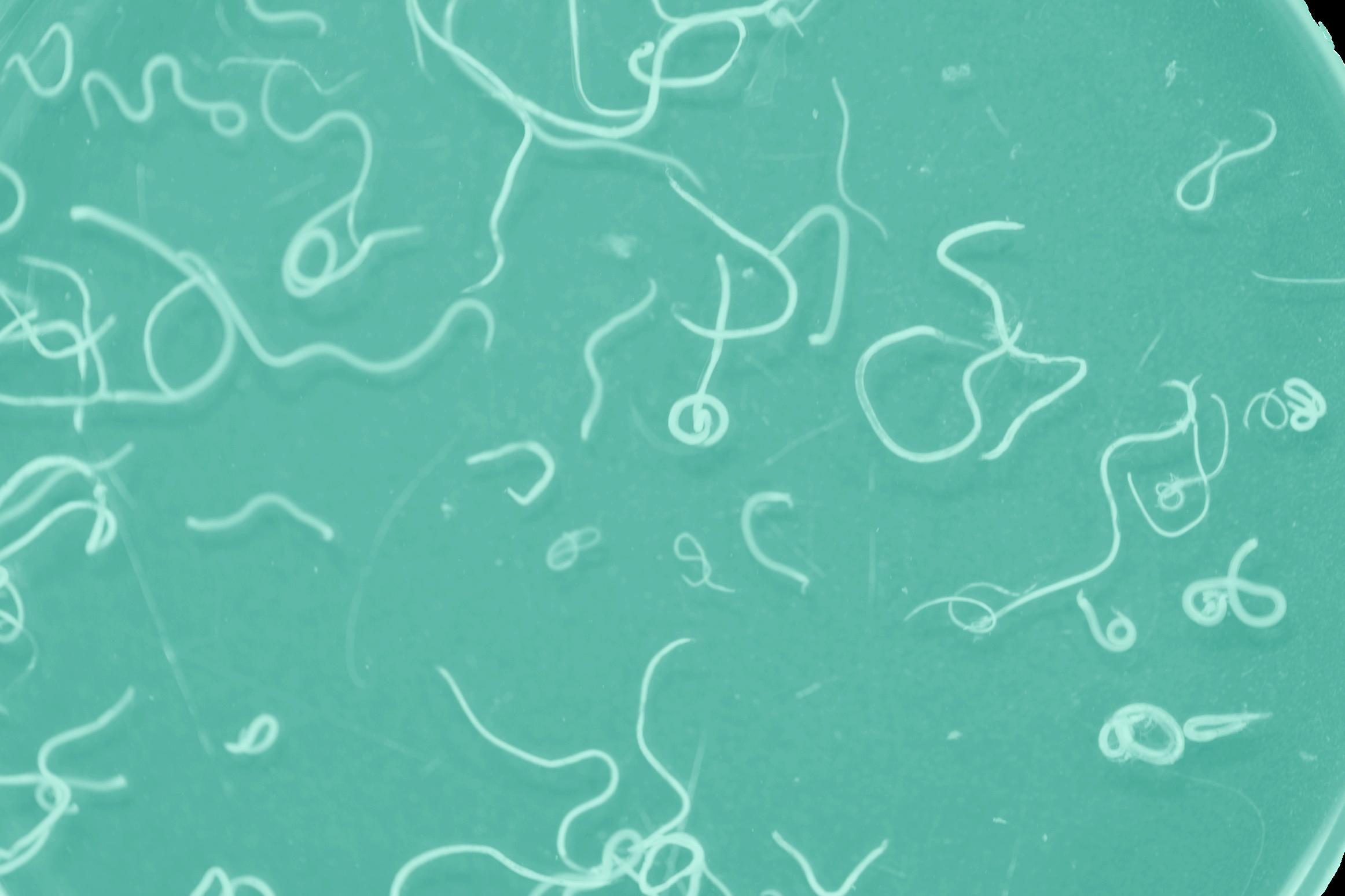



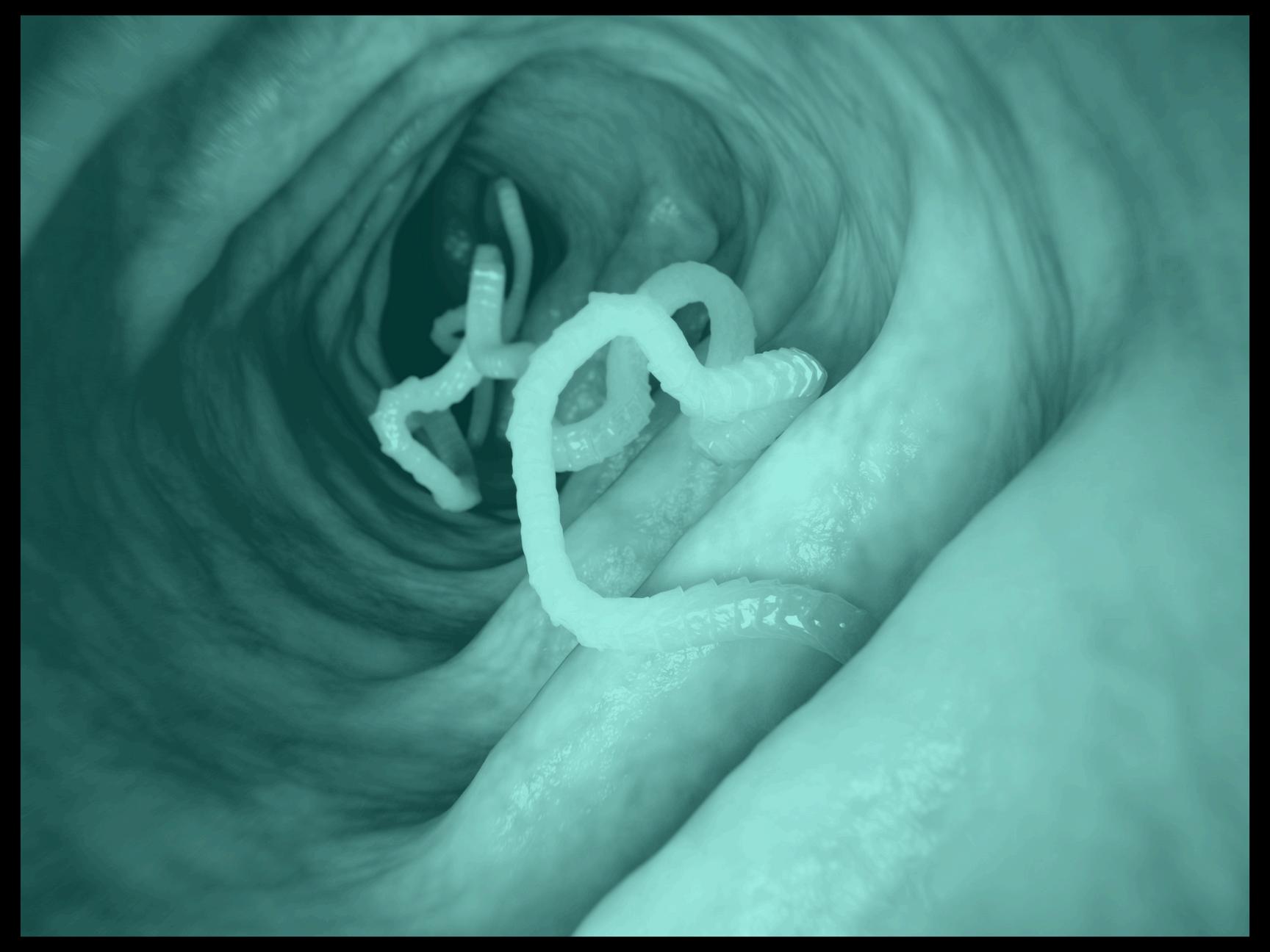

HERE’S MY STORY
My journey as founder of Detox RejuveNation and advocate for reclaiming your health at a root cause level started as a personal health struggle – a battle against gut issues, low energy, brain fog, and a number of physical symptoms that seemed to have no clear explanation.
I was sick.
I didn’t know how to get better.
For years, I dealt with complex chronic illness and serious trauma. It was difficult for me to work a normal job. My list of “safe” foods was down to less than ten at some points. I really didn’t know where to turn.
It wasn't until I faced the often-overlooked issue of parasites (I, like many others, thought this was normally just an issue in third-world countries) that the pieces started to come together. Navigating my own health struggles, I realized the power of understanding these little friends inside of many of us!
Parasites, sneaky little bugs, were a significant factor in my journey. This realization became a turning point, not just for my well-being but for my mission to help others do the same.
I bring a unique blend of expertise to the table. As a Certified Natural Health Practitioner (CNHP), Certified Nutrition Consultant (CNC) and certified Toxicity and Detox Specialist, this focus on parasites became a cornerstone of my programs, especially Rapid Gut Reset and Rapid Parasite Jumpstart.

But it's not just about protocols and therapies. I firmly believe that healing occurs on different levels of consciousness. We are not just biochemical bodies; we are multi-layered beings with mental, emotional, and spiritual dimensions. Recognizing and supporting these layers in the healing process is key.
My journey isn't just about overcoming personal health challenges; it's about using that experience to guide others. My mission is crystal clear – helping you to uncover the root cause of your health issues, and empower you to resolve them for good. I've seen firsthand the power of addressing parasites and other overlooked factors in the healing process for students in our Rapid Reset cohorts!
So, whether you've battled parasites or face other health challenges, my goal is to provide you with the tools and support to dig deep and find the reason.

XO, Sinclair


Areas Where Parasites Can Infect Within The Human Body
BRAIN
BRAIN-EATING AMOEBA INFECTION, CAUSED BY PARASITE NAEGLERIA FOWLERI
EYES
OCULAR LARVA MIGRANS IN EYE
LYMPH
NEMATODES OF THE FAMILY FILARIODIDEA CAUSE LYMPHATIC FILARIASIS
LUNGS

PARAGONIMUS WESTERMANI EGG - THE MAJOR SPECIES OF LUNG FLUKE THAT INFECTS HUMANS, CAUSING PARAGONIMIASIS
LIVER
LIVER FLUKES CAN CAUSE LIVER AND BILE DUCT DISEASE
INTESTINES
DIFFERENT TYPES OF PARASITES LIVE MOSTLY IN THE INTESTINES, ESPECIALLY IN THE SMALL INTESTINE
MUSCLES
TRICHINELLA SPIRALIS LARVAE IN MUSCLE TISSUE
BLOOD
BRUGIA MALAYI IN BLOOD
JOINTS
GIARDIA INFECTION MAY LEAD TO ARTHRITIS
SKIN
CUTANEOUS LARVA MIGRANS AT FOOT
Why Are You Here?
Does this sound like you?
You’ve been searching for answers for a while, but haven’t found relief from your chronic symptoms.
You’ve tried quick cleanses, supplement protocols, run dozens of labs, and been dismissed by doctors because “everything looks fine.”
Or worse, you struggled to finally get a “correct” diagnosis, only to realize that didn’t lead to a resolution So you’re still searching for a way to feel like yourself again.
You’ve already given it all up: gluten, sugar, corn, soy, irritants, tap water, with no relief in sight

“IT’S
NEVER TOO LATE TO HEAL”
Or maybe you’ve even tried the wrong root cause treatments that crashed your sensitive body even further, like IV chelation, harsh mold protocols, or loading your body with ozone before your drainage organs were supported and ready
And maybe that has made you afraid to try something new for your healing, because you feel like you’ve “been there, done that,” and it hasn’t worked. You haven’t been heard by the medical system, and honestly, natural health hasn’t been as helpful as you’d hoped.
We’re willing to bet almost everyone in our community has felt how you feel: Like they’re not themselves, their bodies can’t keep up with the vision they have for their life.
You’re in the right place, at the right time.
It’s never too late to heal and feel like the BEST of who you really are

So how do you contract parasites?
Contrary to the belief that parasites are exclusive to third-world countries, the reality is that they can be transmitted in many different ways, from contaminated food and water to contact with infected animals and humans.
Parasites can sneak in through barefoot walks, swim in infested waters, handling money, or even while you’re eating at your favorite restaurant.
And – not to freak you out – but even the cleanliness of the hands that prepared your food can pass them There’s always a risk!
Your body can contract parasites in anything you do that can cause your immune system to struggle, especially if you have other root causes like toxins, heavy metals, pathogens like Lyme, or similar.



There are three main classes of human parasites.
Let’s take a closer look at each:
PROTOZOA
Protozoa are tiny, single-celled organisms that can exist either independently or as parasites Their ability to multiply within humans makes them stubborn little survivalists and also paves the way for the development of severe infections
Here are some common diseases caused by protozoa:

https://www.cdc.gov/parasites/about.html


HELMINTHS
Helminths are large, multicellular organisms that are generally visible to the naked eye in their adult stages They can be either free-living or parasitic in nature. In their adult form, helminths cannot reproduce in humans. There are three main groups of helminths: flatworms, thorny-headed worms, and roundworms.




Ectoparasites are organisms that live on the outside of the host's body. This category includes organisms such as ticks, fleas, lice, and mites that attach or burrow into the skin and stay there for long periods of time (well, as long as we let them. They’d stay forever if they could!). Ectoparasites cause diseases and are also significant as transmitters of other diseases
PS: Did you know that Lyme disease and co-infections like Bartonella don’t only come from ticks? Other vectors can also carry them. There are two main groups of ectoparasites that can affect humans: insects and arachnids.
a. Insects: This group includes lice, fleas, and bedbugs. They can cause diseases like Lyme disease, malaria, and typhus.
Lice: Lice can cause pruritus (itching)of the scalp or sometimes stomach, and nits (eggs) can be seen on hair shafts
Fleas: Fleas can transmit diseases like typhus and are known to cause itching and redness
Bedbugs: Bed Bugs can cause pruritic, erythematous wheals (red, itchy bumps) and are known to cause itching
b. Arachnids: This group includes ticks, mites, and spiders. I bet you’re surprised that ticks and spiders actually fall into the same category – I was at first too!
Ticks: Ticks can carry diseases like Lyme disease, which can lead to fever, fatigue, and joint pain, and hundreds of other symptoms that are changing all the time, making it hard to pinpoint a root cause

Mites: Mites can cause symptoms like respiratory distress, skin rashes, and even anaphylaxis in some individuals
Spiders: Some spiders, like the black widow spider, can cause severe pain and muscle spasms, and even death


ROPEWORMS


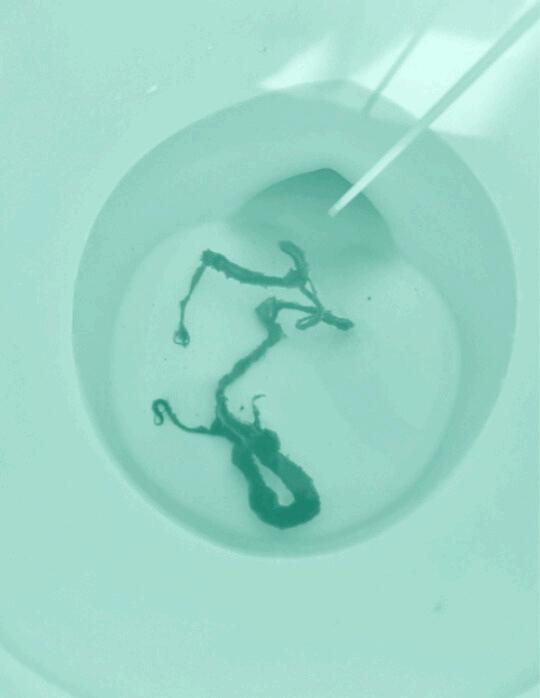
Abdominal pain
Irritable bowel syndrome (IBS)-like symptoms. Diarrhea Depression
Cognitive Difficulties
Headaches
Joint Pain Anxiety Brain Fog



5
TREMATODES (FLUKES)
Trematodes
(Flukes)
Flukes are a special type of parasite that we see often in our Detox RejuveNation clinic especially liver flukes! Many of these begin their life cycles on snails and then transfer to you as the human host via your skin or a secondary host (like a crustacean you eat!).
This information is meant to empower you, not scare you The more you know, the better you can address your personal root causes and achieve true healing!
1LIVER FLUKES
How Do I Come in Contact?:
Liver fluke eggs are found in feces and usually hatch in freshwater, like lakes, streams, and rivers (so watch your summer plans!). If you want to nerd out on the science, here are a few highlights of types of liver flukes! They first infect snails, where they develop into larvae called cercariae. These leave the snail, latch on vegetation, and are eaten by humans or livestock In your body, they grow and excyst in a spot connecting your stomach to your small intestines (called the duodenum) and migrate to your bile ducts. There are several species, including Fasciola hepatica and Clonorchis sinensis, which are prevalent in certain areas and have unique host preferences.
Where Do They Live in My Body?:
Adult liver flukes live in the bile ducts of the liver
How Do They Affect My Health?:
Liver flukes can cause bile duct obstruction, inflammation, and fibrosis. In severe cases, they can lead to bile duct inflammation (cholangitis), swelling of the gallbladder (cholecystitis), and liver scarring (cirrhosis) This inflammation and scarring in the liver can lead to impaired bile flow and nutrient absorption — so it doesn’t matter how healthy and organic your food is, you might not be soaking in all the benefits with parasites like this. The inflammation and fibrosis can also impair liver function, affecting metabolism and detoxification processes.



What Symptoms Should I Look For?:
Symptoms include abdominal pain, jaundice, liver enlargement, fever, and weight loss. Chronic infection can lead to severe liver damage, cholangitis (bile duct inflammation), and cholecystitis (gallbladder inflammation) Most commonly, liver flukes create aches and blockages in the liver that can exacerbate food sensitivities and bile flow issues.
What Do They Look Like?:
Liver flukes are flat, leaf-shaped worms, about 10-30 mm long. They have a broad anterior end tapering to a narrower posterior end The surface is covered with spines, and they have oral and ventral suckers for attachment and feeding (stealing all your nutrients!). For the science-minded: Fasciola hepatica is typically larger than Clonorchis sinensis.
2LUNG FLUKES
How Do I Come in Contact?:
Lung fluke eggs are released in sputum (mucus or phlegm) or feces The eggs hatch in freshwater, and typically infect snails. As they grow, they leave the snail and encyst in crustaceans. Humans become infected by consuming undercooked or raw crustaceans. These also travel through your digestive tract to your duodenum, penetrate the intestinal wall, and migrate to the lungs
Where Do They Live in My Body?:
Adult lung flukes reside in the lungs, where they form cysts in the bronchioles. They can also be found in ectopic locations such as the brain or skin if the larvae migrate incorrectly.
How Do They Affect My Health?:
Lung flukes cause inflammation and fibrosis in the lung tissue, leading to reduced respiratory function, chronic bronchitis, and secondary bacterial infections. In severe cases, they can cause pleural effusion (fluid accumulation around the lungs) and lung abscesses.
What Symptoms Should I Look For?:
Symptoms include chronic cough, chest pain, hemoptysis (coughing up blood), and shortness of breath. Severe infections can mimic tuberculosis and other respiratory conditions. Ectopic infections can cause neurological symptoms if the brain is involved or skin lesions if they migrate to the skin.




What Do They Look Like?:
Lung flukes are oval-shaped worms, about 7-12 mm long They have a reddishbrown color and a thick, spiny tegument. The anterior end is slightly narrower, and they possess oral and ventral suckers for attachment and feeding.
INTESTINAL FLUKES
How Do I Come in Contact?:
Intestinal fluke eggs are excreted in feces, hatch in water, and infect snails They then encyst on aquatic plants or fish, which are ingested by you, the human They travel to your intestines and mature into adults. Species include Fasciolopsis buski and Heterophyes heterophyes.
Where Do They Live in My Body?:
Adult intestinal flukes live in the small intestine. They attach to the intestinal wall using their suckers, causing local inflammation and ulceration (Great, another root cause to worry about if you struggle with digestive conditions!)
How Do They Affect My Health?:

Intestinal flukes cause inflammation and ulceration of the mucosa in your intestines, leading to malabsorption, chronic diarrhea, and nutrient loss. Heavy infections can result in severe malnutrition, anemia, and even growth retardation in children
What Symptoms Should I Look For?:
Symptoms include diarrhea, abdominal pain, malabsorption, weight loss, and fatigue. In severe cases, intestinal obstruction and perforation can occur.
What Do They Look Like?:
Intestinal flukes are small, oval worms, about 5-15 mm long They have a smooth, flat body with a prominent oral sucker and a ventral sucker for attachment. The tegument is covered with spines, aiding in attachment to the host’s tissues.

4
BLOOD FLUKES
How Do I Come in Contact?:
Blood fluke eggs are excreted in urine or feces and hatch in freshwater. They then infect snails, where they develop, are released into the water, and penetrate human skin
Schistosoma species include S haematobium, S mansoni, and S japonicum, which are all common types of blood flukes.
Where Do They Live in My Body?:
Once in your skin, blood flukes migrate to the liver to mature, then move to the blood vessels where they take up residence and lay eggs
Adult blood flukes stay in the blood vessels of the host. S. haematobium in particular live in the veins of the bladder, while S. mansoni and S japonicum live in the veins of the intestines
How Do They Affect My Health?:
Blood flukes cause inflammation and fibrosis of blood vessels, leading to impaired blood flow and organ damage. The eggs can lodge in tissues, causing granulomas (think of this like a little group of white blood cells that your body makes in response to irritants and inflammation to wall it off from the rest of the body) Chronic infections can lead to significant issues in the body, including liver fibrosis, bladder cancer, and kidney failure.
What Symptoms Should I Look For?:
Symptoms include rash, fever, abdominal pain, blood in urine or stool, and chronic organ damage Acute infections can cause something called Katayama fever, characterized by fever, chills, muscle aches, and eosinophilia. Chronic infections can lead to an enlarged liver and spleen, hypertension, and more.
What Do They Look Like?:
Blood flukes are elongated, cylindrical worms, about 10-20 mm long They have separate male and female forms, with the male having a special canal (called the gynecophoral canal save this information for your next trivia competition!) where the female resides. The male is shorter and stouter, while the female is longer and slender. They are covered with spines, which allow them to attach to you easier!














Let’s talk about how parasites, alongside other root causes, weaken your immune system. And often, parasites aren’t the only root cause you’re dealing with. Here are some of their good friends (where you find one, you might find another!)
Heavy Metals
Heavy metal toxicity occurs when heavy metals, such as lead, mercury, arsenic, and cadmium, accumulate in the body. As you probably know, heavy metals can negatively affect your health, and many functional medicine practitioners are still using strong chelation therapies like DMSA that will most likely crash you and make you feel terrible (along with forcing you to wake up every 4 hours, even at night!)
Intestinal parasites can lead to increased absorption of heavy metals, which can cause neurodevelopmental issues, cognitive impairment, and other health problems! Studies have shown that parasites can accumulate heavy metals, which can lead to increased toxicity and health risks. For example, fish parasites have been found to collect larger quantities of heavy metals, which can pose a potential health risk to humans who consume the fish! However, this is just a sign of your intelligent body doing what it has to do to keep you safe. So maybe, if you have heavy metals, your parasites are there serving you It’s all about perspective


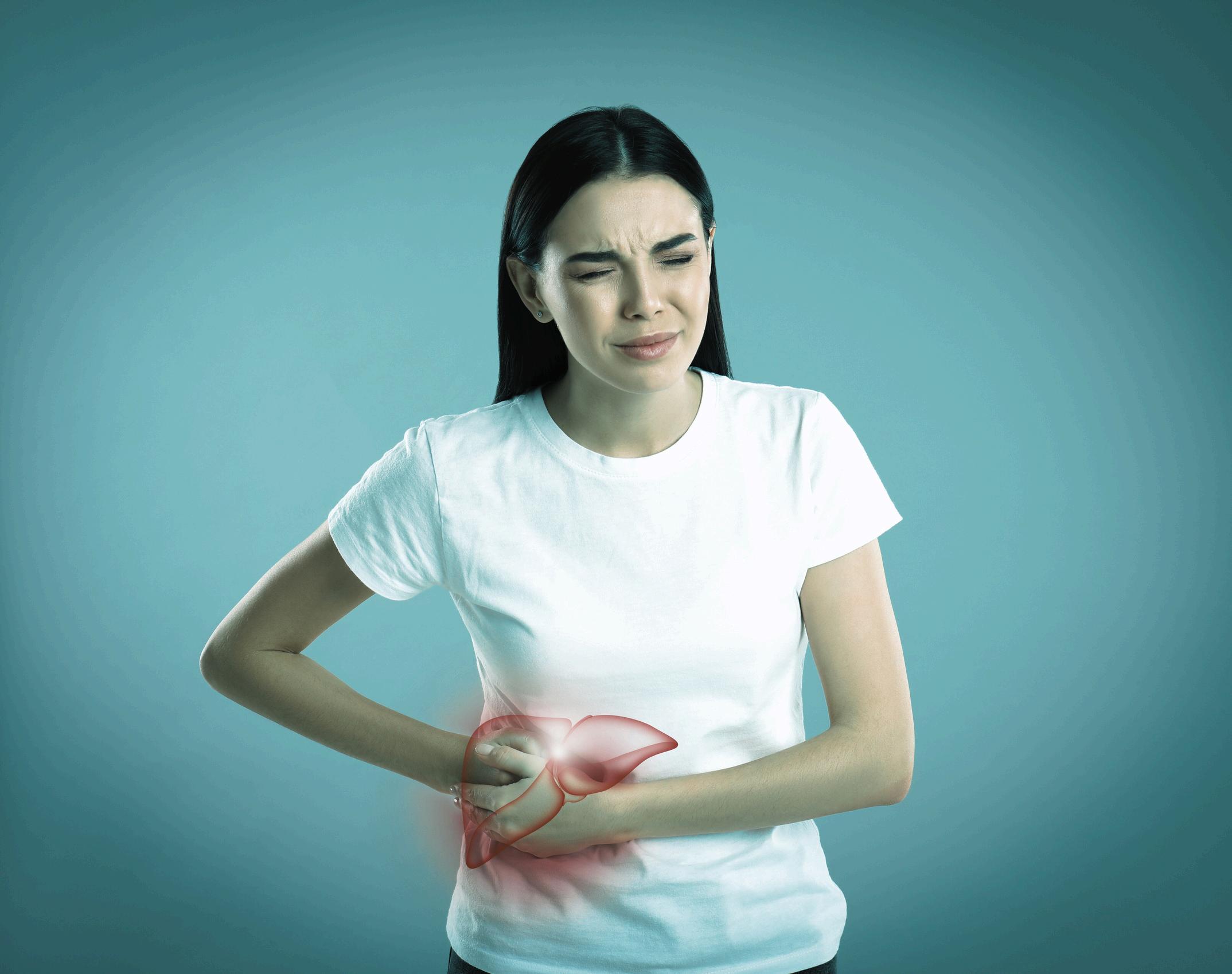
Gut Issues
In the gut, parasites trigger an immune response to try to eliminate them. The microbiome in the human gut is so diverse, and bacteria, archaea, viruses, and parasites influence your health as their host. Parasites, for example, impact your immune system, with both protozoans and helminths activating innate and adaptive immunity through toll-like receptors (TLRs) Chronic infections can also change your immune responses toward pathogens, allergens, and vaccines (usually causing overreactions).
Studies show that certain intestinal parasites can modify host immune responses, especially in autoimmune disorders such as celiac disease and inflammatory bowel disorders.
Liver Issues
Your liver has special powers: it's really good at keeping the peace in your body by not overreacting and attacking things it shouldn't. This ability to keep calm and not start fights is called tolerance, and it's part of what helps you stay healthy.
However, some sneaky invaders, like certain worms (Ascaris), flatworms (Schistosoma), and the malaria parasite (Plasmodium), have figured out how to use this superpower against the liver These parasites are like undercover agents that can sneak into the liver without setting off alarms. Once they're in, they take advantage of the liver's relaxed environment to grow up, multiply, or move on to their next life stage, all while staying under the radar of the body's defense forces


On top of that, the liver has its own team of defenders that are specially trained to deal with invaders in the blood, like malaria. But because the liver is so focused on not causing a fuss, these parasites can sometimes slip by these defenses, too.
In short, the liver's effort to keep things calm and avoid unnecessary immune battles can unfortunately provide a safe haven for certain parasites to thrive. PS: If you want to support your liver, click here to join the Rapid Liver Reset waitlist!
Lyme Disease and Babesia/Bartonella
Lyme disease and its co-infections, such as Babesia and Bartonella, can lead to complex and overlapping symptoms, making diagnosis and treatment challenging
Bartonella can lead to joint pain, muscle pain, and many other symptoms. But let’s take Babesia for an example:
Babesia, a parasitic infection similar to malaria, can cause symptoms such as high fevers, chills, fatigue, muscle aches, and headaches.
This disease has a tricky parasite that goes into your red blood cells, which are the cells that carry oxygen around your body When the parasite gets inside these cells, it breaks them open, which can make it hard for your body to get enough oxygen (this breaking open of cells is called hemolysis, and not having enough oxygen is called tissue hypoxia).
The sneaky part about this parasite is that it can change its outer layer (this is what we mean by "antigenic variations") By doing this, it's like it puts on new disguises so your body's defense system can't recognize it and fight it off effectively. This makes it harder for your body to defend itself and get rid of the parasite.



When someone has both Babesiosis and Lyme disease at the same time, things can get really complicated Lyme disease is caused by a different bug, called B burgdorferi, which is also really good at hiding from and messing with the body's defenses (the adaptive immune system). This can lead to the infection sticking around for a long time and the body having trouble fighting it off.
Both of these diseases can mess with your body in big ways, leading to problems like autoimmune diseases (where your body attacks itself), issues with your gut, and other long-term health problems This shows just how complex the battle between parasites and our immune system can be.
Mold
You already know that mold is a colonizing organism that can suppress the immune system, and it’s no surprise that parasites can have an even greater suppressive effect.
First, mold can release toxins, basically similar to poison, which can make it hard for our immune system to fight back Parasites, on the other hand, are even sneakier and can weaken the immune system more.
Both mold and parasites can trick the body into reacting in a way that causes more inflammation. Think of inflammation like the body's alarm system going off too loudly, causing more problems instead of solving the initial one This mess can distract the immune system enough that old, dormant (sleeping) infections from bacteria and viruses might wake up and start causing trouble again.
These can damage our body's mitochondria, which are like little power plants in our cells that give us energy. If the power plants are damaged, the body doesn’t have enough energy to fight back properly.
People who already have weaker immune systems are at a bigger risk because their “superhero team” isn't as strong to begin with. This makes it harder to diagnose (figure out) and treat (fix) the infections caused by mold and parasites. In short, both mold and parasites can really mess with our body's ability to defend itself, leading to ongoing health problems.



Parasites and Full Moon
Did you know that the parasites within you have an increased movement and reproduction during full moons?
Parasites lay eggs a few days before a full moon and these eggs hatch during the full moon. Picture this – roundworms lay 200,000 eggs per day! This causes stronger symptoms of parasitic infections during this moon cycle. (Pay attention to how you feel around the next full moon.)
But how does it happen? This increased parasitic activity has to do with our circadian rhythm
During the full moon, our bodies produce more serotonin and less melatonin. Melatonin is important for sleep and immune system regulation. Less melatonin affects our ability to fend off parasites effectively
On the other hand, parasites thrive on serotonin. They use it to stimulate muscles, facilitate movement within the body, enhance reproduction, and boost their feeding capacity. Serotonin serves as a means for parasites to communicate and construct biofilms, letting them evade the host's immune defenses.

This creates an ideal environment for parasites to thrive and cause health issues, meaning you might feel more discomfort, depression, anxiety, sugar cravings, body pain, and more during this time.
This is all the more reason why you should do parasite cleansing during the full moon! Join our Rapid Parasite Jumpstart if you want a 101 course in parasite cleansing.




NEXT STEPS: HOW TO TAKE ACTION
As you think about eliminating parasites, it might make you nervous because you don’t know the exact steps to take – especially when considering all the other potential co-infections we talked about earlier
Whether you're just starting your detox journey, seeking to overcome a plateau in your health, or looking to deepen your understanding of gut health, we have a program for you
Rapid Parasite Jumpstart: Your Beginner Kickstart to Diving into Parasite Cleansing
Get ready to dive deep into the world of parasites (creepy, I know, but oh-soimportant) and learn how to kick them to the curb for good
Course Highlights:
The ins and outs of parasite infections - including because knowledge is your superpower
How to repair digestion, gut motility, and parasite-driven anxiety and depression.
How to identify if parasites are throwing a party in your body (uninvited, of course).
Natural, effective strategies to evict the unwelcome guests, even for the newest beginner
How to reclaim deep sleep and relieve food sensitivities.
Ways to heal and rejuvenate your body after the parasites have exited, including reviving and recalibrating the immune system.



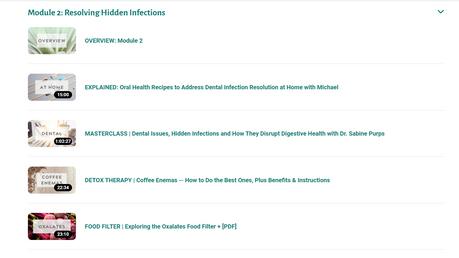






Rapid Gut Reset: If You’re Ready for the Deepest Healing, Cleansing, and Support
Rapid Gut Reset is the ideal next step if you want to be held in a container with support and a clear plan Maybe you’ve tried everything and you haven’t made progress, and you’re willing to do whatever it takes to heal.


Our team is here waiting to celebrate you taking action in one of these courses. We absolutely love seeing your progress and healing. We love seeing you take charge of your health so your body can do what it’s meant to do, and so you can live the life you deserve to live!

TESTIMONIALSANDFAMILYPHOTOALBUM
After only two days on Para 1 & Para 2....results! This is just a small portion of the results.
Susan
My longest parasite so far!!! After ten months, this guy came out during CE. Same guy! Holy bleep!!! ��
Nakisa

Wanted to share a couple more pictures of parasites passed today after being on Para 1, 2 and 3 for about three weeks. I still wonder if the long ones are considered string worms or just mucus stuff or what?...There are also small white things and many sesame seeds kind of things. Thanks!
Tara







TESTIMONIALSANDFAMILYPHOTOALBUM
Catch of the day �� ���� i haven’t done a flush yet, so no stones and I don’t see flukes these days either, just parasites. Very thankful to be getting them out and can’t believe they lived

This was one of 2 large flukes I got out with my first RLR Deep Flush (along with many large stones). Both flukes were larger than a quarter in size!
Jennifer
Elisabeth inside of me. I think i am up to a 100- Where did they even fit inside?

The size of a fingernail--guessing it is a liver fluke?



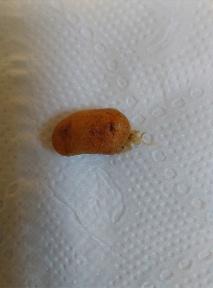


 Elena
Elena
TESTIMONIALSANDFAMILYPHOTOALBUM
I had covid...had to back off on para 1 & 2. I was barely eating and I couldn’t poop unless I did an enema, I increased my drainage and energy which helped. Once I was done with covid and I started pooping on my own, I got back on Para1 & 2. I challenged myself a few days and increased the Para 1 & 2 and finally started seeing some familiar “friends”...

Leanne
These are so flowy and lettuce-like in the water and real gelatinous out.
Heidi First picture was a pretty chunky worm that came out once I started pooping again after covid. Second picture was a big catch of 7 friends in one sitting...The whole process is a journey and I am amazed and stunned each and every day.





